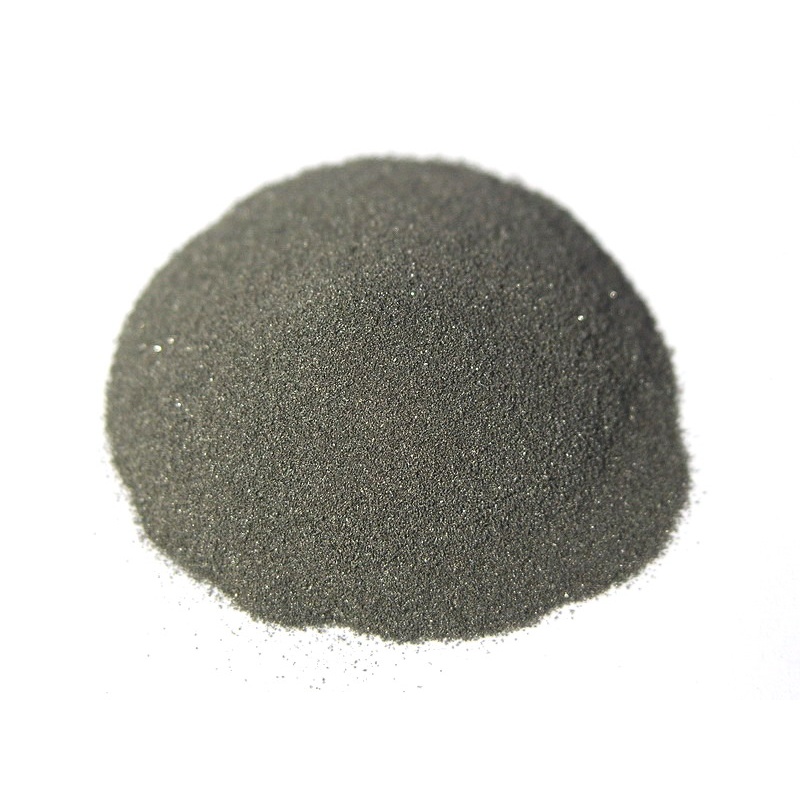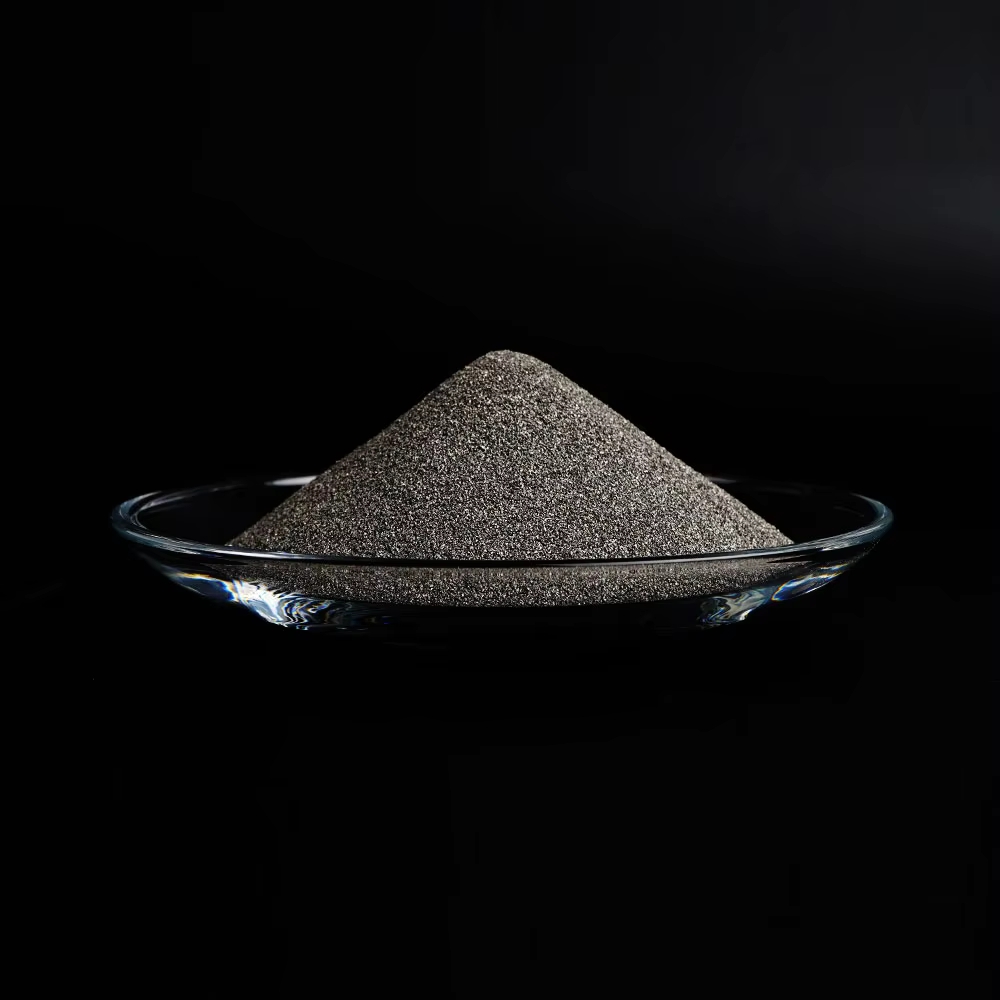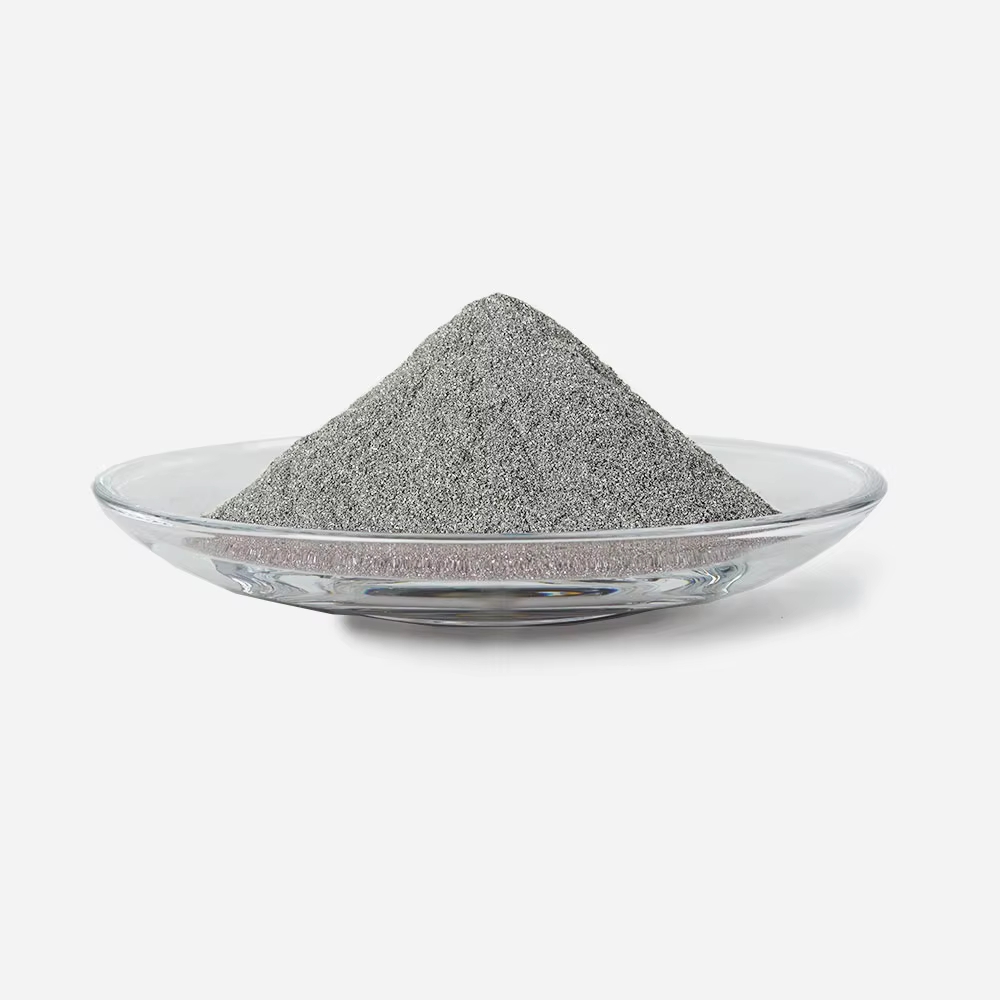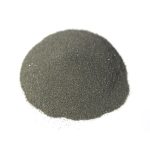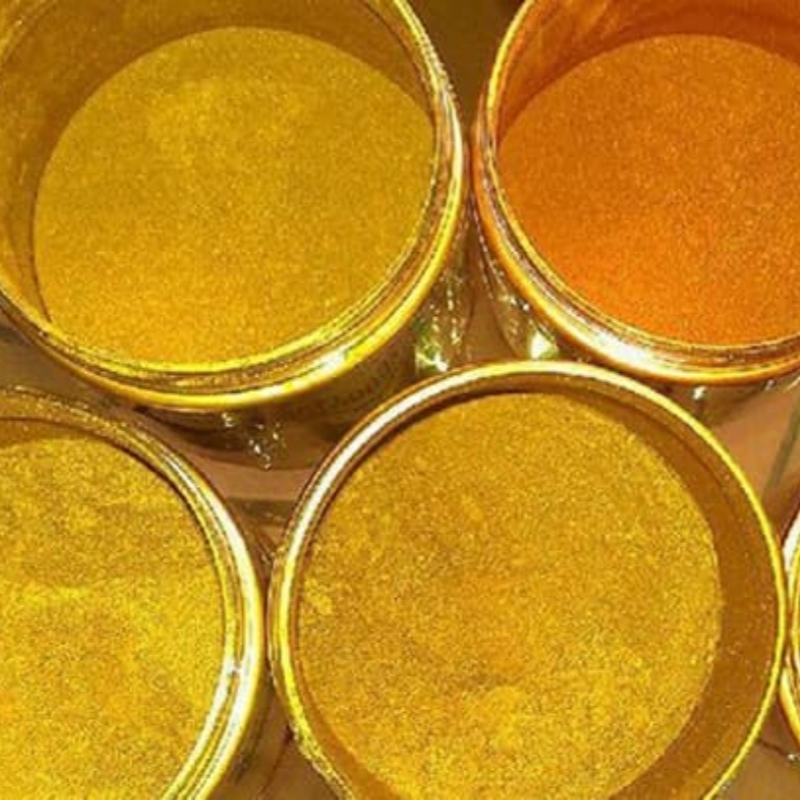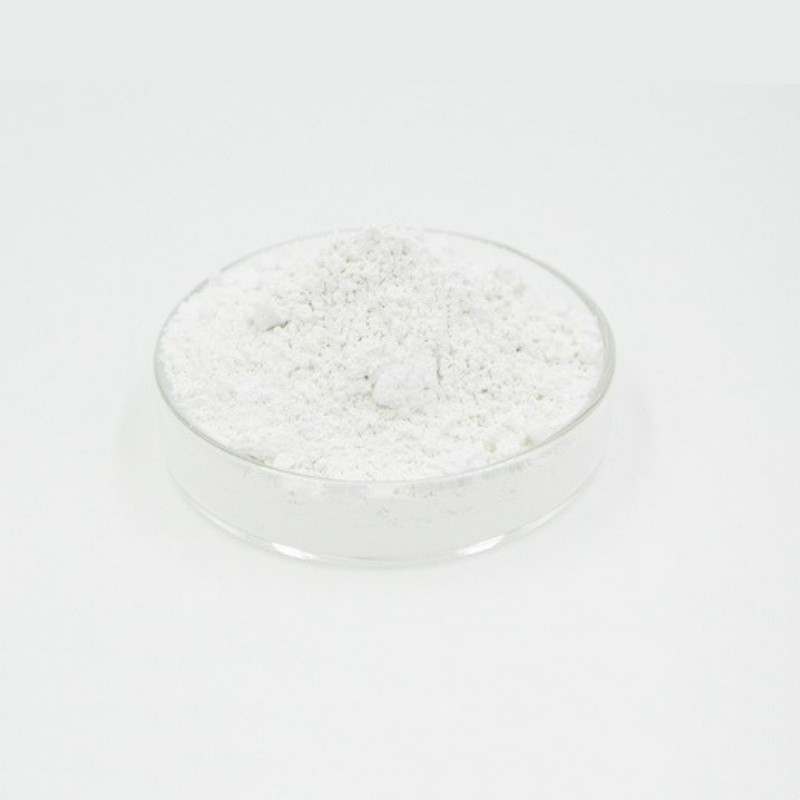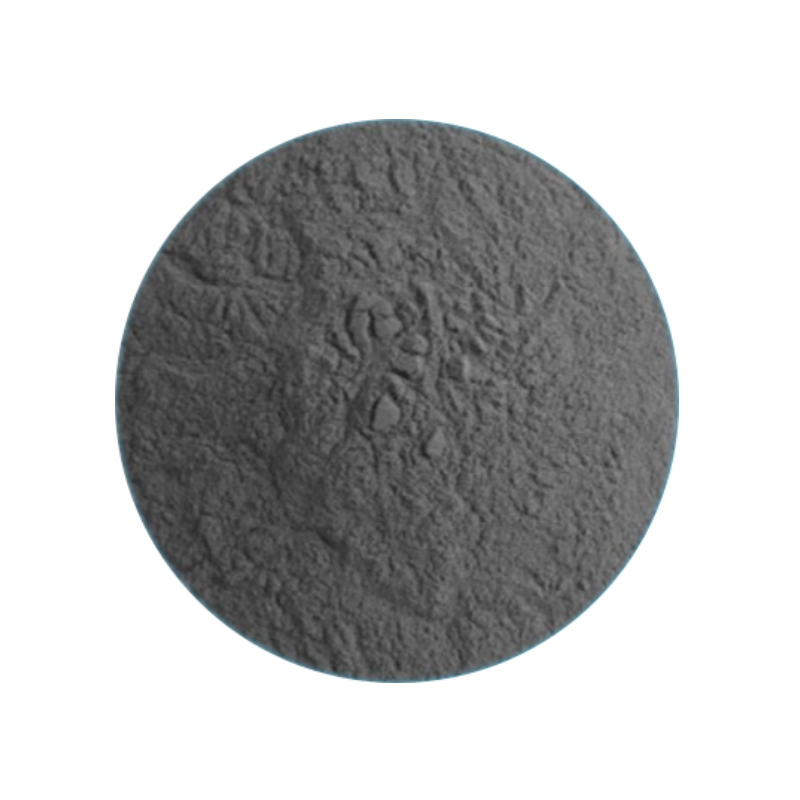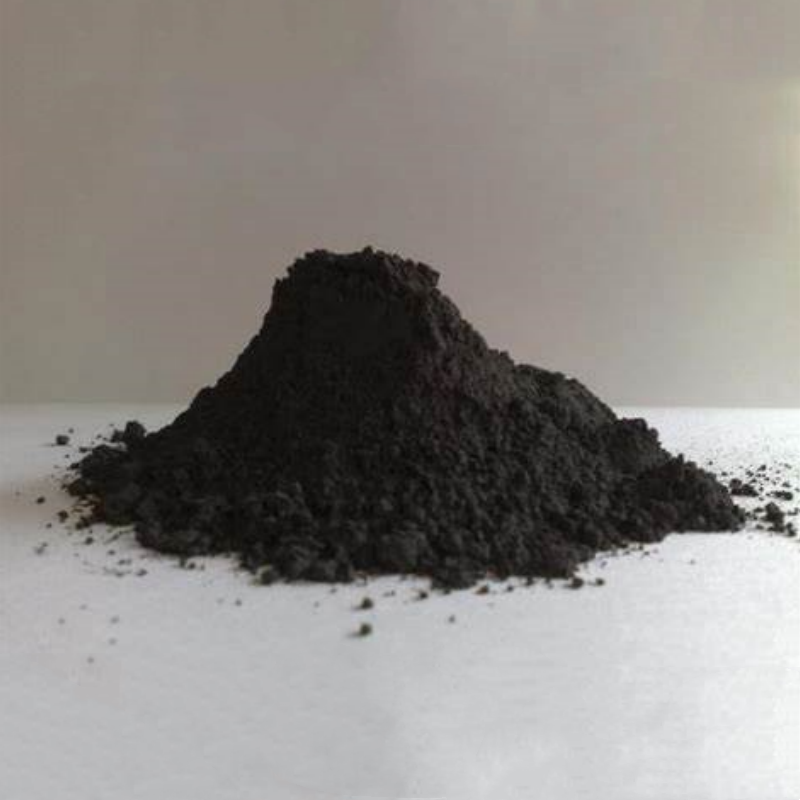Product Overview
Titanium powder is a high-strength, lightweight metal powder with excellent ductility. Its surface exhibits a silver-white metallic luster. Titanium has an exceptionally high melting point (over 1649°C), making it an ideal refractory material. The powder has low electrical and thermal conductivity, along with outstanding corrosion resistance, allowing it to maintain stability even in the harshest environments. Titanium's corrosion resistance is comparable to platinum, able to resist most acids, chlorine gas, and organic acids.
Features
- High Specific Strength: Titanium's exceptional strength and lightweight properties make it highly desirable for various industrial applications.
- High-Temperature Resistance: Titanium powder can remain stable in high-temperature environments, with a melting point as high as 1649°C, making it suitable for use in refractory materials.
- Corrosion Resistance: Titanium exhibits excellent resistance to corrosion, particularly against dilute sulfuric acid, dilute hydrochloric acid, and chlorine gas.
- Paramagnetism: Titanium shows paramagnetic properties, meaning it is weakly attracted to magnetic fields, unlike ferromagnetic materials.
Applications
Titanium powder has a wide range of applications in various industries:
- Pigments and Additives: Titanium powder is commonly used in the production of pigments, especially for the manufacture of titanium dioxide (TiO₂), which is widely used in paints and coatings.
- Aerospace and Marine: Due to its high strength and corrosion resistance, titanium powder is crucial in aerospace and marine applications, especially for spacecraft and ship components.
- Industrial Applications: Titanium powder is used to create high-strength alloy materials, making it essential in chemical, petroleum, metallurgy, and other industrial fields.
- Consumer Goods and Construction Materials: Titanium powder is increasingly used in consumer electronics, jewelry, sports equipment, and building materials, enhancing the durability and aesthetic qualities of products.
| Element | Measured Value | Standard Value | Unit | Element | Measured Value | Standard Value | Unit | Element | Measured Value | Standard Value | Unit |
| Li | <0.005 | ppm | Zn | <1 | ppm | Pb | <1 | ppm | |||
| B | Ga | Bi | |||||||||
| F | Ge | Y | |||||||||
| Na | As | <1 | ppm | Th | |||||||
| Mg | <1 | ppm | Se | Er | |||||||
| Al | <2 | ppm | Zr | Ru | |||||||
| Si | <5 | ppm | Nb | Rh | |||||||
| P | Mo | <1 | ppm | Os | |||||||
| Cl | 0.06 | ppm | Pd | <5 | ppm | Cd | <1 | ppm | |||
| K | ppm | Ag | <0.02 | ppm | In | ||||||
| Ca | <1 | ppm | Sn | <5 | ppm | ||||||
| Ti | Matrix | wt% | Sb | <5 | ppm | ||||||
| V | Ba | <1 | ppm | ||||||||
| Cr | 2.7 | ppm | Hf | ||||||||
| Mn | <1 | ppm | Ta | C | |||||||
| Fe | <2 | ppm | W | S | |||||||
| Co | <1 | ppm | Pt | O | |||||||
| Ni | <2 | ppm | Au | N | |||||||
| Cu | <2 | ppm | Hg | H |
 new material
new material

